Induction Heat Staking Inserting Metal into Plastic
2013/5/16 Views
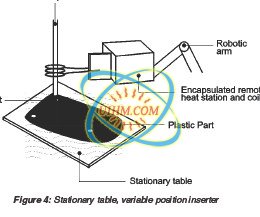 Basics of Metal-to-Plastic Bonding
Basics of Metal-to-Plastic BondingSince steel, brass and aluminum are the materials of choice for metal inserts for plastic bonding, let us look at the relative merits of each material and see how each characteristic effects the ability of the material to be heated and inserted into the plastic part. Material resistivity, permeability, specific heat and thermal conductivity are the four
primary properties to consider when heating a metal insert with induction.
Each of these materials can be heated by induction, but the individual material properties will dictate the characteristics of the induction process. Table 2 shows the characteristics of 3/8" OD inserts made from steel,
brass and aluminum when heated with the same magnetic field produced by a coil with the same current passing through it and the same number of turns.
The steel insert absorbs more power from the magnetic field so it is heated faster than the aluminum and brass inserts. The induction process produces heat in the insert by creating an electrical current that flows around the part.
Down Attachment
- DownloadAttach1: Heat Staking Inserting Metal into Plastic.pdf Clicks
Good
Bad

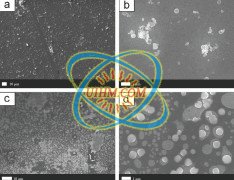
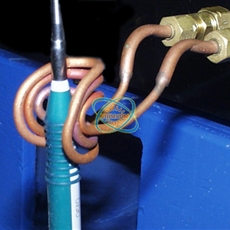



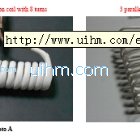
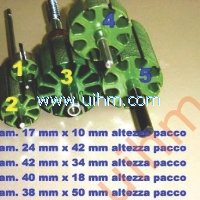
Newest Comment
No Comment
Post Comment